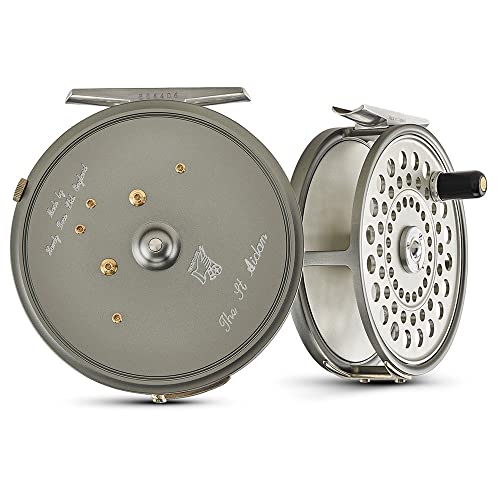Late Winter Fly Fishing Tips
Late winter fly fishing isn't for the faint of heart—but for those willing to brave the chill, it offers solitude, serenity, and the chance to hook into trout that have seen fewer flies than your average summer fish. As the season teeters on the edge of spring, trout behavior begins to shift, and so should your tactics.
Targeting Trout in Late Winter: Where to Find Them
As temperatures slowly rise and daylight increases, trout start to move from their deep winter holds. Here's where to focus your efforts:
1. Deep Pools and Runs
These remain prime real estate for trout seeking stable conditions and slower currents. Focus on the bottom third of the water column in the morning, gradually testing higher as the day warms.
2. Tailouts
The downstream ends of pools become more productive, especially on mild afternoons when insect activity picks up.
3. Eddies and Backwaters
Calm areas where food collects are reliable spots. As fish become slightly more aggressive, these zones can yield surprising results.
4. Undercut Banks
Overhanging banks offer cover and slightly warmer water, making them attractive to trout as they start to move more.
5. Spring Seeps
Groundwater inflows provide consistent temperatures and oxygen levels, drawing in fish seeking stability.
Mastering Late Winter Presentations
With trout becoming more active, adjusting your presentation is key:
1. Nymphing
Use weighted nymphs like Zebra Midges or Stonefly patterns.
Introduce occasional lifts to mimic emerging insects.
Employ a strike indicator to detect subtle takes.
2. Streamer Fishing
Small, dark streamers such as Woolly Buggers are effective.
Incorporate occasional twitches and pauses to entice strikes.
3. Dry Flies
On warmer days, be prepared for Blue-Winged Olive hatches.
Carry size 18-22 Parachute Adams or BWO Emergers.
Essential Late Winter Fly Patterns
Stock your fly box with these proven patterns:
Zebra Midge (Black or Red, Size 18–22): A staple for winter nymphing.
Pheasant Tail Nymph (Size 16–20): Versatile and effective.
Woolly Bugger (Black or Olive, Size 8–12): Mimics baitfish and leeches.
Parachute Adams (Size 18–22): Ideal for BWO hatches.
Timing Your Outing
Late winter trout are most active between 10 AM and 4 PM as temperatures rise. Plan your trips accordingly to capitalize on peak feeding times.
Related: Top Tips For Fishing With Your Dog
Dressing for Success
Staying warm is crucial for comfort and performance:
Wear non-cotton base layers to retain heat.
Layer up with fleece and waterproof outerwear.
Use neoprene waders and double up on wool socks.
Keep gloves dry to avoid discomfort.
Related: What Is Dry Fly Floatant?
Late Winter Fly Fishing FAQs
What are the best times of day to fish in late winter?
Trout are most active between 10 AM and 4 PM as water temperatures rise.
Which fly patterns are most effective during late winter?
Zebra Midges, Pheasant Tail Nymphs, Woolly Buggers, and Parachute Adams are top choices.
How should I adjust my presentation for late winter conditions?
Fish your flies slow and deep, introducing occasional movement to mimic natural behavior.
Where do trout typically hold in late winter?
Focus on deep pools, tailouts, eddies, undercut banks, and spring seeps.
What gear considerations are important for late winter fishing?
Use lighter tippets (5X or 6X) for delicate presentations and dress in layers to stay warm.
Can I expect dry fly action in late winter?
Yes, especially on warmer days with Blue-Winged Olive hatches.
Related: How To Fly Fish Responsibly During Trout Spawning Seasons
// Related Posts About Fly Fishing



















